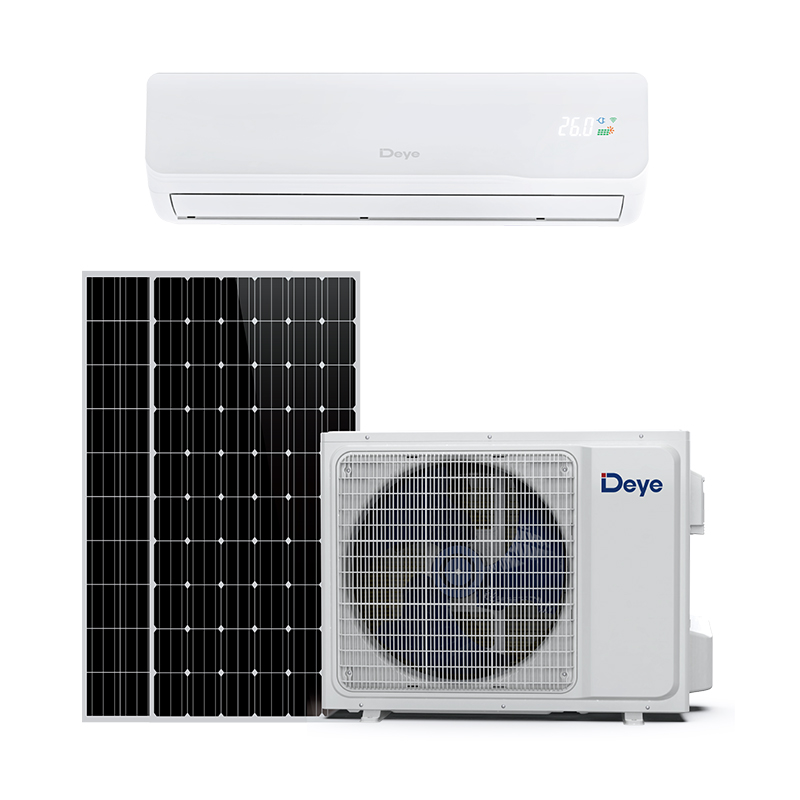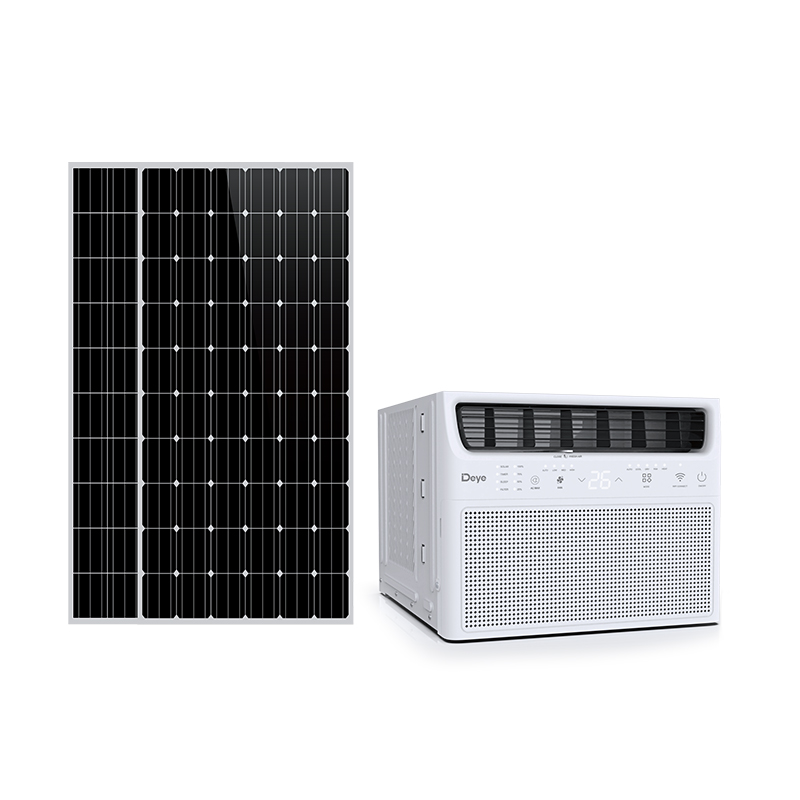Wall-mounted solar panels can contribute significantly to a building’s insulation and cooling capabilities, offering benefits that go beyond energy generation. By acting as an additional external layer, these panels provide thermal protection to the walls they cover, influencing the building's overall energy efficiency and indoor comfort.
Wall-mounted solar panels serve as a physical barrier between direct sunlight and the building’s surface. During sunny days, walls absorb heat from sunlight, which can increase the internal temperature of the building. Solar panels intercept this radiation, preventing it from directly striking the wall. As a result, less heat is conducted into the interior of the building, which reduces the need for cooling systems like air conditioning. This thermal barrier effect helps maintain a more stable indoor environment, particularly in hot and sunny climates.
The shading provided by solar panels installed on walls plays a significant role in reducing heat gain. The panels block a considerable portion of the sun’s rays, ensuring that the wall behind them remains cooler. This is particularly effective on walls facing the sun's path, such as south-facing walls in the northern hemisphere or north-facing walls in the southern hemisphere. The shading effect reduces the surface temperature of the building, which can substantially lower the energy required for air conditioning during peak summer months.
Most wall-mounted solar panel systems are installed with a slight gap between the panel and the building wall. This design is intentional, allowing air to circulate between the panels and the wall. This airflow, known as passive ventilation, dissipates the heat that builds up on the back of the solar panels, preventing it from transferring to the wall. This cooling mechanism further enhances the insulation properties of the installation, as it reduces heat conduction.
By minimizing the heat that enters the building through its walls, wall-mounted solar panels indirectly reduce the load on heating, ventilation, and air conditioning (HVAC) systems. During summer months, this results in lower energy consumption, as air conditioning systems do not need to work as hard to maintain comfortable indoor temperatures. This not only decreases electricity bills but also contributes to reducing the building’s overall carbon footprint.
While the cooling benefits of wall-mounted solar panels are most noticeable in warmer climates, they can also offer advantages in colder weather. Solar panels installed on walls can act as a windbreak, reducing the impact of cold winds on the building’s exterior and lowering heat loss. This effect helps to improve the overall thermal insulation of the building during winter.
In modern architecture, wall-mounted solar panels can be incorporated as part of a building-integrated photovoltaic (BIPV) system. These systems replace traditional wall materials with solar panels that serve as both energy generators and exterior cladding. This integration enhances thermal insulation while maintaining aesthetic appeal, allowing designers to create energy-efficient and visually striking buildings.
By improving insulation and reducing cooling loads, wall-mounted solar panels make buildings more energy-efficient. This efficiency translates into lower utility bills and reduced reliance on non-renewable energy sources, contributing to sustainable building practices. Furthermore, the energy produced by the panels offsets the building's energy consumption, creating a dual-purpose solution that supports environmental goals.
Orientation: Walls facing east or west can particularly benefit from wall-mounted solar panels, as these orientations experience intense sunlight during morning and afternoon hours.Climate: The cooling benefits are most pronounced in regions with high solar radiation and warm climates, while insulation benefits are more noticeable in areas with cold weather and strong winds.Design and Installation: Properly designed systems with adequate ventilation and optimal panel angles will maximize the insulation and cooling benefits.


 Español
Español русский
русский Français
Français Português
Português Deutsch
Deutsch عربى
عربى italiano
italiano





-1.jpg)









